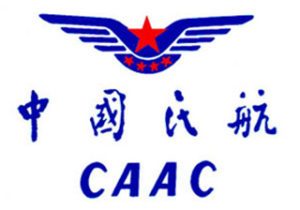
As China’s drone industry has rapidly expanded, citizens in China have become increasingly concerned about safety, privacy, and national security. Earlier in the year, Chinese authorities announced that advanced drone technology exports would be limited in order to protect national security. In December, regulators announced that they would ban drone delivery in crowded cities, even after delivery had been tested in some locations in China; at the same time a video showing a drone crashing into a landing military jet went viral on China’s social media sites.
The new regulations address concerns about smaller consumer drones, although they set guidelines around a threshold of 7 kg, or approximately 15.5 pounds, a significant difference from the US registration threshold of 250 grams, or approximately .5 pounds. The regulations are the first to categorize UAVs into seven types according to their weight class; and restrictions vary by location. Restrictions are loose in rural or less populated areas, while major cities like Beijing and Shanghai have strict regulations about time and location of drone flights.
“In some of the cities, there are not many limits on drones weighing less than seven kgs . But for some densely-inhabited cites, we impose [many] restrictions,” Ke Yubao, executive sec. of China Aircraft Owner Society, said.
While the new regulations clarify a number of issues such as the allowed applications of drones, and penalties for non-compliance, a highlight of the new rule announcement is China’s newly-developed cloud-based drone monitoring system, showing the country’s willingness to combine technology solutions with regulation to insure airspace safety.
“We can monitor and control the drones through the cloud system. With the help of applications on the cloud, we can track the drones and set alarm operation systems in the restricted areas,” Ke said, commenting that the new system would ensure that China remains “at the forefront of the drone world.”
China’s drone laws have attempted to strike a middle ground between supporting the booming commercial and consumer drone industry and ensuring the public’s safety.
“For those light and small consumer drones, the rules are relatively loose, so it will be convenient for ordinary people to play around,” said Ke Yubao. “But for those big and heavy business-purpose drones, the rules are more restricted, as they could cause more danger to people.”

Miriam McNabb is the Editor-in-Chief of DRONELIFE and CEO of JobForDrones, a professional drone services marketplace, and a fascinated observer of the emerging drone industry and the regulatory environment for drones. Miriam has penned over 3,000 articles focused on the commercial drone space and is an international speaker and recognized figure in the industry. Miriam has a degree from the University of Chicago and over 20 years of experience in high tech sales and marketing for new technologies.
For drone industry consulting or writing, Email Miriam.
TWITTER:@spaldingbarker
Subscribe to DroneLife here.